Why Is Everyone So Angry At Vail Resorts?
Look at it one way and it’s the classic American business success story:
Young Wharton Business School grad gets tapped to run a mid-sized ski company. Rather than focus on skiing as a way to sell condos, he sees the money in the lift ticket itself. More precisely the season pass, that three-figure annual fee that’s on auto-pay on hundreds of thousands of credit cards.
An idea percolates: What if you could get everyone to buy season passes in, say May or June? You wouldn’t have to worry as much about bad weather. You’d get all the money upfront, whether it snowed or not. And if those season passes were good at resorts all over the country (or world), there would bound to be snow somewhere, right?
That Wharton grad, Rob Katz, takes an idea that was launched with the Max Pass and runs big with it, incentivizing early season pass sales by offering early discounts. As CEO of Vail Resorts, he jacks up the day ticket prices too, so it’s much more attractive to buy, say, a $783 season pass versus paying as much as $200 a day at a walk-up window.
How do you find more people willing to buy season passes in April? Well, you buy more ski resorts. Not just any ski resorts, but local hills near big population centers where people are passionate about their home mountains and ski every weekend.
The more ski resorts you own, the more season passes you can sell—which you do by dropping the price so it’s less than the neighboring home mountains’ season passes.
Of course, with all those resorts you suddenly don’t need 37 marketing or accounting departments or web developers. And you can save money by negotiating one contract, say for coffee with Starbucks, versus having 37 different coffee suppliers. Now that you have all these names on auto-renew, plus their emails and every other bit of data that the new Epic app collects, you have a pretty good lock on your customer.
In Kirsten Lynch, your chief marketing officer, you have a powerhouse—the former chief marketing officer of PepsiCo’s Quaker division and VP at Kraft Foods. She does an awesome job. A beyond awesome job. In fact, she helps Vail Resorts sell 2.1 million Epic Passes in 2021/22, a 76% year-over-year increase in season pass units sold for the North American season.
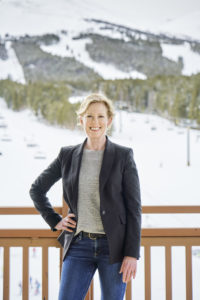
If you are Rob Katz, this is all looking pretty good. Vail Resorts’ stock price rises from $170 in early 2017, around the time of the announcement of the Stowe purchase, to over $300 in September 2021, and then even higher.
To do the right thing, you and your wife Elana Amsterdam have started a foundation to give back to local causes in mountain towns, causes centered around education, health, racial justice and substance abuse. Over five years, you donate $180 million to the foundation. You champion and promote women in your workplace, you instill DEI (diversity, equity, inclusion) training at all levels, you vow in 2017 that Vail Resorts will reach net zero for its carbon emissions by 2030.
And then, with all cylinders firing and the stock soaring, you step down and hand the reigns over to the marketing genius, Kirsten Lynch, who helped the company succeed—despite the Covid pandemic.
But before you do, you donate 100 percent of your stock appreciation rights (SARS) to charitable causes via your foundation, earmarking $4.9 million for mental health care and racial justice. Vermont’s most recent share —$250,000 – gets channeled through the Vermont Community Foundation.
Look at it one way and you could say Rob Katz was a business whiz who singlehandedly both disrupted and saved skiing, while he gave back to the communities where he did business.
So why, all of a sudden, does everyone hate Vail Resorts?
The McVailing of Vermont
It’s easy to hate the big corporation. I wanted to at first for the simple reason that they took my coffee away. That cup of locally roasted, organic, Fair Trade, Vermont Coffee Company dark roast that I went in for every Sunday morning in Stowe was replaced by Starbucks. It wasn’t just the flavor of the coffee that bothered me, it was also knowing that the coffee contract, which had helped support a local business headquartered in my home town, had gone out of state to another corporate giant.
It was one of the first signs of the McVailing of Stowe, a resort that had been very much its own luxury brand for 85 years. Or at least since American Insurance Group founder Cornelius V. Starr invested in Stowe in 1946 and molded it into the AIG corporate playground. (AIG still owns Spruce Peak, Stowe’s mountainside village.)
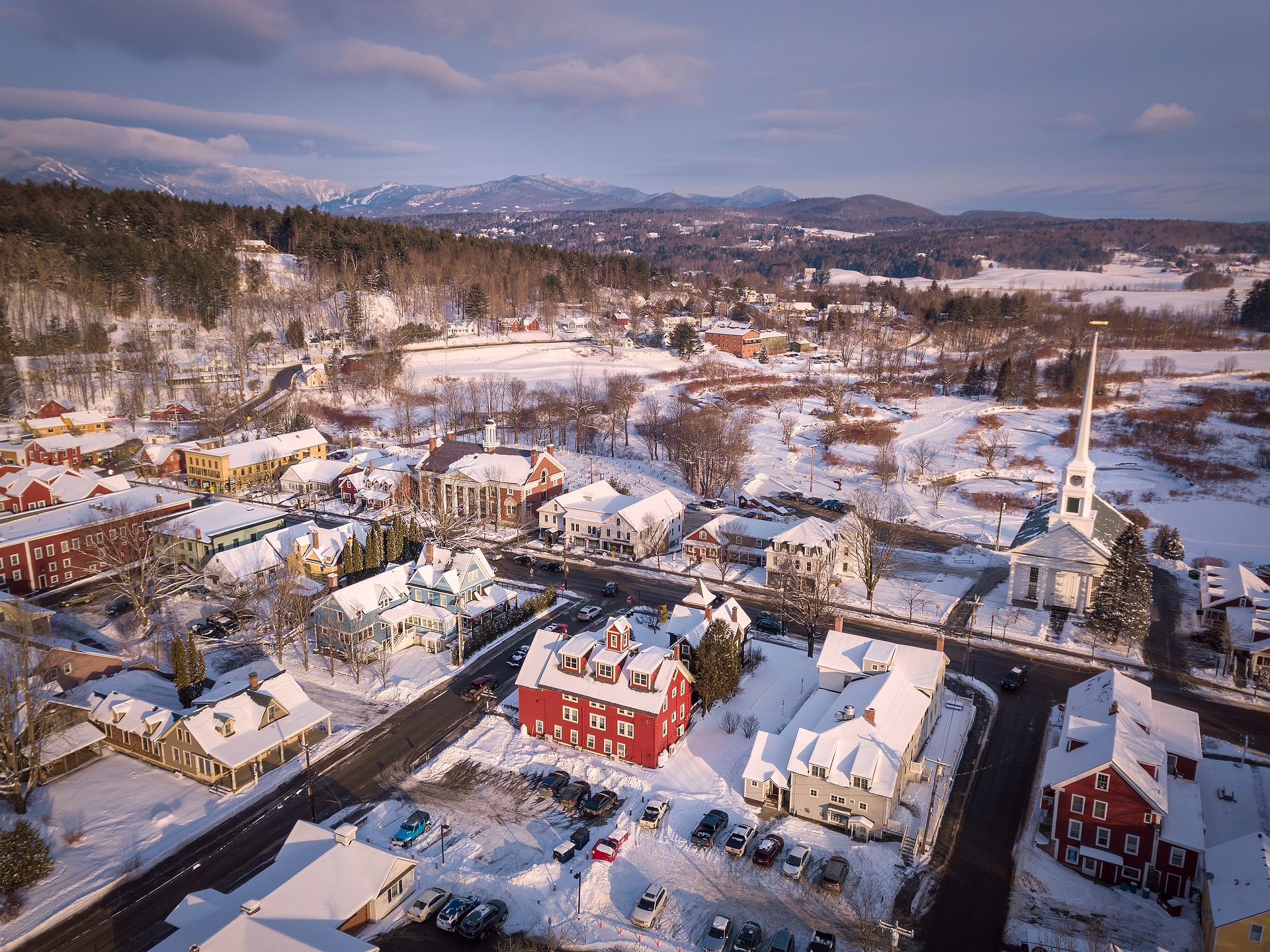
Vail Resort’s ads in local media (and, full disclosure, this magazine) disappeared too, a blow for the small-town newspapers. “We lost $30,000 in annual advertising – that’s a good part of a reporter’s position,” notes Randy Capitani, the editor of The Deerfield Valley News after Vail Resorts acquired Mount Snow as part of Peak Resorts in 2020.
In 2018, the new marketing person for the Northeast told me that Vail didn’t believe in advertising – or supporting local media. She also rhapsodized about the company’s great leadership programs and how much they invested in women. That was true. In addition to Lynch, Vail has consistently promoted women to top positions at their mountains. Pat Campbell served as president of the company’s Mountain division from 2015 until she stepped down in April 2021.
But in a few years, that marketing person at Stowe was gone. Vail Resorts had eliminated her position in Vermont. As they did with most of the marketing and communications and events staff and HR personnel at resorts around the country, consolidating them into smaller teams based at corporate headquarters in Broomfield, Colo.
The mountain saw subtle changes as well. Rolling, off-kilter sections of trails such as Stowe’s Tower 13 pitch on Liftline, trails that characterize Eastern skiing, were reconfigured in places to be straight-line bowling alleys. But at the same time, I had to admit, the grooming was still, mostly, good. The parking lots were expanded and better managed. And when Covid hit, the reservation system and Vail Resorts’ strict protocols handled it well, limiting the number of people on the mountain.
Like Starbucks, Vail Resorts was efficiently turning out a consistently solid, if somewhat watered-down, mass-market product. It skied and tasted more or less the same no matter if you were in Heavenly Valley in Lake Tahoe or Okemo in Vermont.
By contrast, Alterra Mountain Company, the other resort behemoth, let each of its properties continue on pretty much as they had: few staff changes, little consolidation, and branding remained up to the individual mountains. Sugarbush was still Sugarbush, albeit minus former owner Win Smith and the charismatic chief recreational officer John Egan. Stratton remained uniquely Stratton, with Bill Nupp still in charge. The main difference was now Sugarbush and Stratton share an Ikon Pass. But Alterra and its Ikon Pass (so far) seem to have ducked the social media hardballs directed at all things labeled “Epic.”
For many local business owners, the arrival of both big ski companies was a good thing. Real estate prices around ski towns skyrocketed and Airbnbs filled up. It was no coincidence that the top three growth towns for real estate in 2020 were Stowe, Ludlow (home to Okemo) and Dover (home to Mount Snow) – all towns with resorts owned by Vail. For the first time in decades, Vermont saw its population expand – something the state government had been wringing its hands over for years. Stowe’s population grew by 21 percent and in 2020, Stowe also saw a 38 percent jump in real estate owned by people from out of state.
Meanwhile, traffic was getting worse and lines were longer. But that was just Covid, right? Soon all those skiers unleashed from their office desks would go back home to their workplaces and their kids’ weekend hockey games and us locals would get our mountains back, right?
Wrong.
In spring of 2021, Vail Resorts lowered its season pass prices by 20 percent. And it sold 900,000 more Epic passes. That’s more than the entire population of the state of Vermont (643,077.)
At the same time, Vermont’s state quarantine guidelines were relaxed, Canadians were allowed back across the border and the Vail Resorts’s reservation system, which had limited crowds during the 20/21 pandemic season, went away.
The resulting surge wasn’t entirely unpredictable.
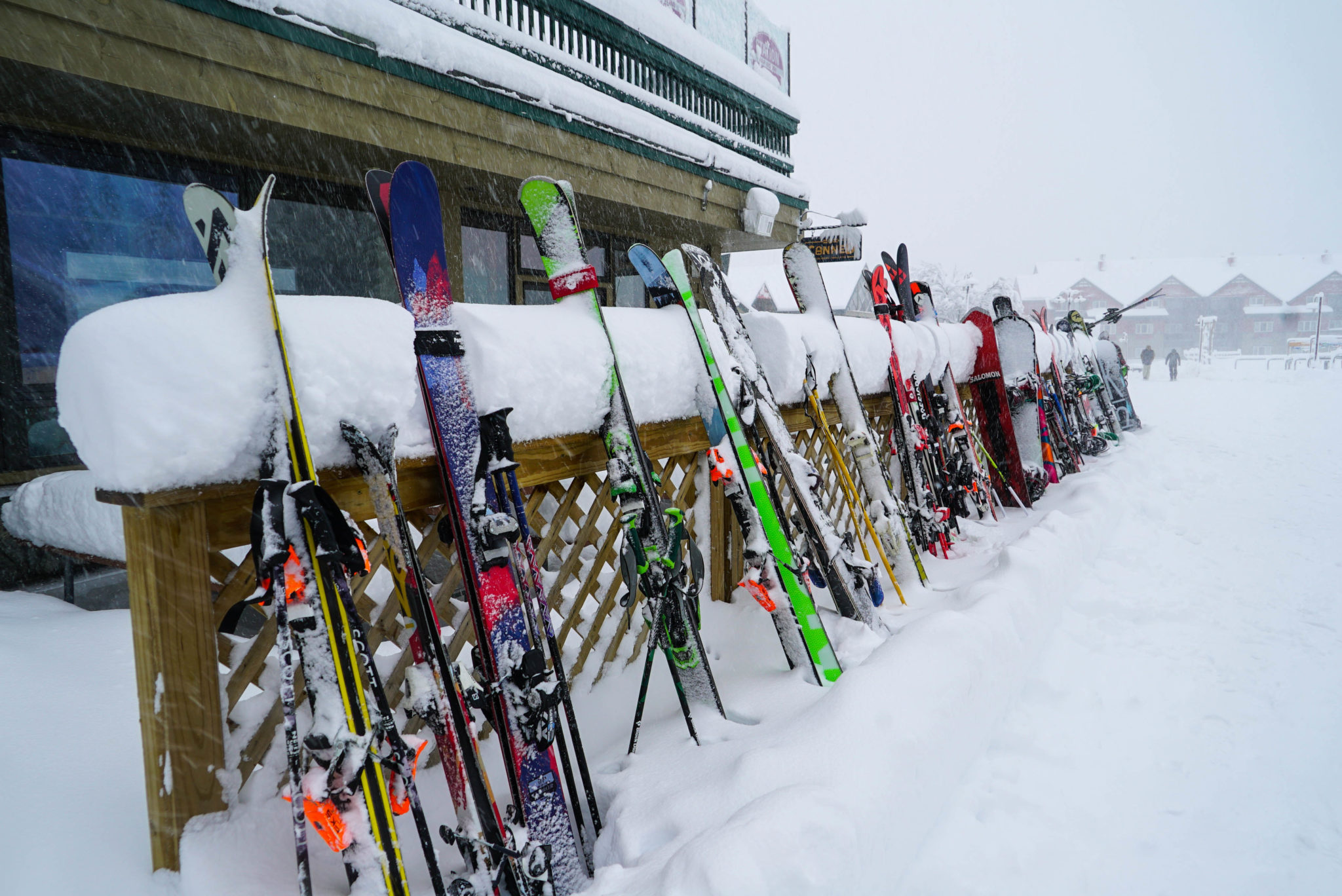
The Local Revolt
We don’t ski on weekends anymore—that’s what most locals in ski towns where Vail Resorts operates will tell you—or on powder mornings. On a recent Friday morning after a snowstorm, Wayz informed me that at 7 a.m. it would take me 1 hour and 14 minutes to drive 11 miles from my house to the base of Stowe Mountain Resort. No accident was involved. Just traffic. I got out my climbing skins.
It is not just a Stowe problem or a Vail problem. That same day, cars were bumper to bumper on the Sugarbush access road and lined up and down Route 17 near Mad River Glen. MRG’s conditions report described the parking situation as “chaotic.” One Ludlow local referred to Route 103, which runs through the center of town, as “our new highway.”
Traffic and lift lines are not confined to Vermont. Photos of hours-long lift lines at resorts out West have been circulating widely. Recently, reporters for The Vail Daily drove down Vail’s Frontage Road taking a video of cars parked alongside it – something that only happens when the regular lots fill up. The video was a minute long. They counted 450 cars.
Over the past year, the Instagram account Epic Lift Lines became an unfiltered grievance dump, swelling to 40,000 followers. Vail bashing has become a form of click bait on social media, each story reinforcing the next. At a recent dinner, when the conversation shifted away from Vail Resorts to another topic, a friend’s 9-year-old son asked, “Can we go back to talking about how bad Vail is?”
To a certain extent, having one big corporate overlord to blame for all the woes associated with labor shortages, Covid and the surge in skiing, has united skiers. Some are taking their concerns to local governments.
In Park City, residents spent nearly an hour and a half in early February airing their grievances before the mayor and city hall, as The Park City Record reported in an article headlined, “Vail Resorts Blindsided.” The complaints ranged from waiting 45 minutes to buy a $9 hot dog to rants about traffic, concerns the company underpays its workforce and allegations that Vail Resorts was destroying the Park City brand.
This, just weeks after Vail Resorts offered an end-of-season bonus of $2 an hour to all employees who stayed. It also came on the heels of Vail Resorts finally negotiating an undisclosed deal with the Park City ski patrollers, who had threatened to strike if their base wages were not raised to $17 an hour.
To some, this may seem like a First World problem. To others, it’s consumer advocacy. In Washington state, a Change.org petition started by a Steven’s Pass skier named Jeremy Rubingh and labeled “Hold Vail Resorts Accountable” now has nearly 45,000 signatures. “From the Pacific Northwest to Colorado to New Hampshire and Vermont, Vail Resorts is failing their customers and their employees,” Rubingh has said. Vail purchased Steven’s Pass in 2018. The petition alleges: “Lift lines are out of control to the point where the majority of a day of ‘skiing’ is spent standing in line at one of the few lifts open. This is, of course, if you are even able to park and not told you cannot access the ski area due to limited parking. In addition, the failure to open ample lifts or even half of the available terrain is due solely to mismanaging an understaffed ski area.”
It struck a chord. More than 25 complaints have been filed with the Washington Secretary of State’s office, under the state’s Consumer Protection Act. But the fine print in the Epic Pass is likely to legally absolve Vail Resorts for not running lifts, opening terrain or limiting hours there.
In New Hampshire, a group of long-time Attitash and Wildcat skiers brought their complaints to the local paper. “I’ve been skiing Wildcat since 1966. We want to see Attitash and Wildcat successful. But it’s come to a point where something needs to be said,” Tony Simone, 76, a retired local educator told The Laconia Daily Sun. “These two mountains are mainstays to the valley — it’s why people come here.”
Simone and others complained that terrain had not been opened, there were frequent shutdowns of Attitash’s summit triple chair and that Wildcat’s Express Summit Quad was not open some days during the busy vacation week. To make matters worse, on January 8, 2022 a swinging chair on a lift at Wildcat struck a tower and broke off, sending a 22-year-old to the hospital. Nearby, Vail-owned Crotched Mountain was also a target after it cut down on its days of operation and limited skiing hours.
In January, Vail Resorts replaced the general managers at both Attitash in New Hampshire and Steven’s Pass in Washington.
Too Much of a Good Thing?
While some local businesses have been grateful for the new customers the Epic Pass has brought in, for others the deluge has nearly drowned them.
“This season has been insane,” says Eliza Greene who, with her partner Justin Hyjek, owns Homestyle Hostel, a 15-table restaurant in downtown Ludlow, and the hotel Main & Mountain, just across Main Street. “At Homestyle, we have a waiting list now on Resy that has more than 500 on it. At Main & Mountain, the only thing dictating our capacity is how quickly we can clean a room after it empties out.”

On top of that, when customers make a reservation, Greene notifies them that it could take 45 minutes to an hour to get there because of traffic. “For our first seating at 5 p.m .at Homestyle, we tell people it’s usually an hour to get from Okemo’s Jackson Gore base area to the restaurant and they are still usually at least a half-hour late,” she says. Jackson Gore is exactly 2.8 miles away, a 5-minute drive with no traffic.
The surge is new this season, Greene says, and while too many customers might seem like a good thing, it’s not: the restaurant can’t add any more nights because they can’t hire more staff. “We’ve had to raise our wages and I’ve had an ad out for a host for two months and only had one person apply – a high school student,” says Greene.
On top of that, many of her current staff of 16 drive 40 or 45 minutes to get to their job in Ludlow. “All of the housing nearby has been bought up by second homeowners so our staff comes from Rutland and Manchester and I worry that that’s not sustainable,” she says.
Nor is it sustainable for Greene, who is expecting her first child in mid-March. “Right now, Justin and I are dishwashers and bookkeepers and servers, we do everything,” she says.
So what’s the answer? “I’m torn because I think skiing should be accessible for everyone, and I like that the Epic Pass prices are helping make it so,” she says. “But Vail Resorts has to figure out a better system or limit who can go to what resort, when. We just can’t keep this up,” she says with a sigh.
Managing the Variables
There are things that are in a ski area’s power to control and things that are not. Weather, and to a lesser extent, labor shortages, fall into the latter category.
In New England, a warm fall, little early snow, followed by rain at Christmas and then a bitterly cold January (with Burlington recording 16 sub-zero days), made things more difficult for snowmakers – and for everyone. As of January 2, 2022, Vail Resorts reported season-to-date total skier visits were down 1.7% nationwide compared to the same period in 2021 and down 18.3% compared to the fiscal year 2020 season-to-date period.
Even before Covid-19, Vermont was facing a labor shortage with a 2.5% unemployment rate in February 2020. Two years later, that rate is pretty much the same.
This past season, a number of resorts, both Vail-owned and independents, had to cut back on operations and hours due to staffing shortages. Some have been the result of Covid, others due to the reduction in seasonal foreign workers, the “J1” visa holders, who have typically helped staff many resorts.
Killington, which is owned by POWDR Corp., saw its head count go from 1,358 in 2020 to 1,052 for the 2022 season—a 20 percent reduction over the two years prior. It raised wages and offers up to $150 in weekly vouchers for childcare.
Nearly everywhere in Vermont, the workforce shortage has been compounded by a housing crisis and exacerbated by the skyrocketing rise in real estate prices and conversion of housing stock to short-term rentals. It is a perfect storm that seems to be gaining hurricane force.
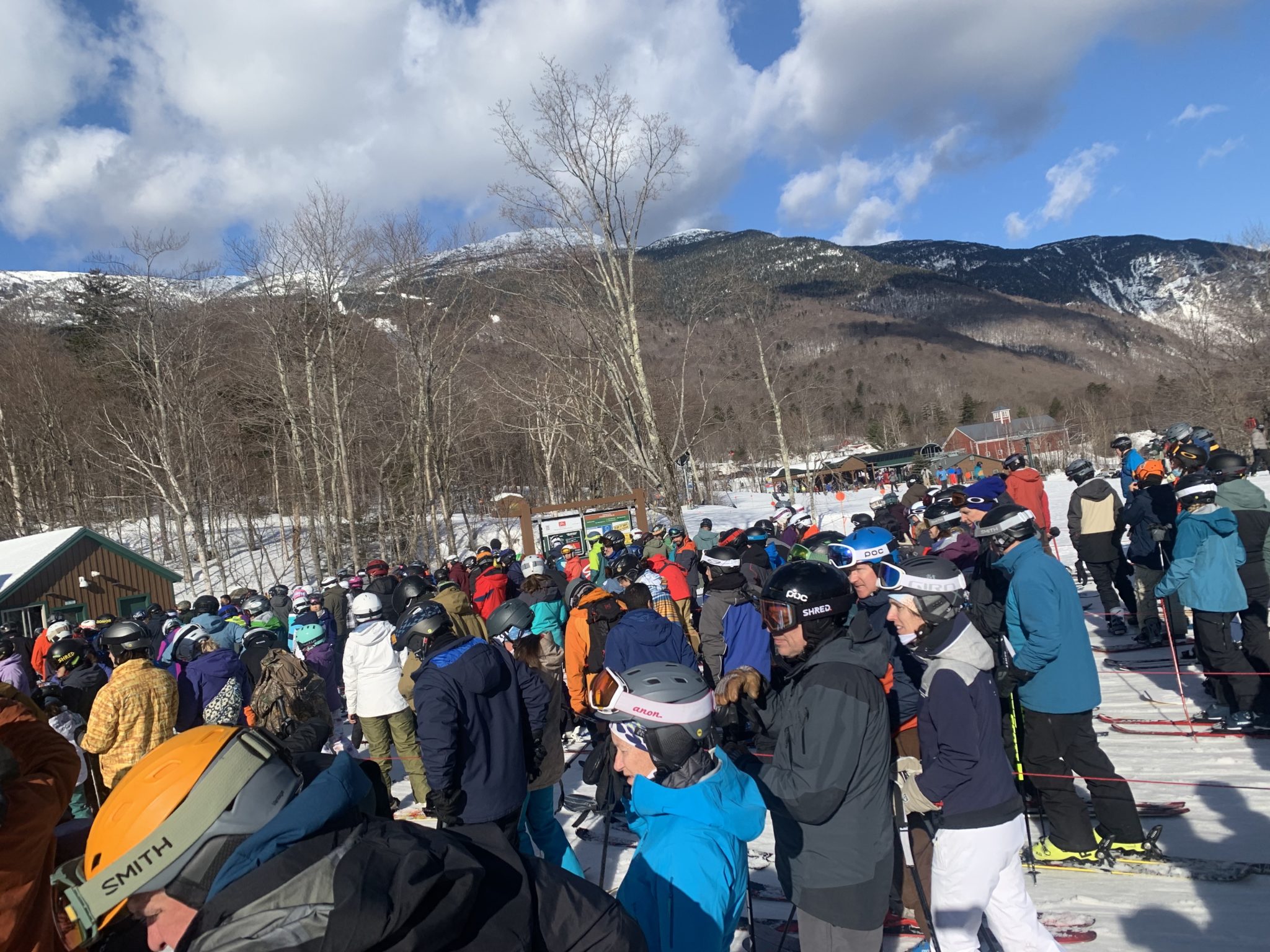
![]() But there are things ski resorts can control. Maine’s Saddleback Mountain, for instance, recently launched a campaign to raise $4.5 million to build 100 units of affordable housing for seasonal workers. Sugarbush, and other ski areas around Vermont, have raised their minimum wage to $15 and converted properties such as the Sugarbush Inn to employee housing. In March 2022, Vail Resorts announced it would raise its minimum wage company-wide to $20 an hour. But in Vermont, the question remains: where will it pull workers from?
But there are things ski resorts can control. Maine’s Saddleback Mountain, for instance, recently launched a campaign to raise $4.5 million to build 100 units of affordable housing for seasonal workers. Sugarbush, and other ski areas around Vermont, have raised their minimum wage to $15 and converted properties such as the Sugarbush Inn to employee housing. In March 2022, Vail Resorts announced it would raise its minimum wage company-wide to $20 an hour. But in Vermont, the question remains: where will it pull workers from?
Both Mad River Glen and Magic Mountain have cut off day ticket sales when a reasonable limit is reached. While Vail Resorts promised to do so as well during peak times, no one has noticed this going into effect in Vermont and no one at the company would confirm if they did. For a company that can track its customers’ every move and ski days, particularly one with $1.5 billion (yes, billion) in cash on hand, the expectation is that these problems can be foreseen, if not solved.
“You can’t offer unlimited access to something that has a limited supply. It’s as if you had a restaurant with 40 seats and then told an unlimited number of people they can come in and have a meal. You’re going to run out of space, materials and what a staff can deliver,” says Jonny Adler, a Stowe local and a partner in The Skinny Pancake restaurant business.
“It used to be that after a storm or on a big weekend Mt. Sunapee skiers would ski Mt. Sunapee and Stowe skiers would ski Stowe. Now, they all come to Stowe,” says Adler, who owns both Epic and Ikon passes.
Alterra owns only four ski areas in the Northeast—Stratton and Sugarbush in Vermont, Quebec’s Mt. Tremblant and Ontario’s Blue Mountain. The Ikon Base Pass offers unlimited skiing at those four, but only five days of skiing at Killington/Pico, Sugarloaf, Me., and Ski Windham, N.Y. Vail Resorts owns eight in the Northeast, and recently added four more resorts in Pennsylvania. Stowe is the only resort that has some limits put on it for standard Epic passholders.
If “capacity” for a restaurant is seats, service and food, for a ski area it’s parking, lifts and snow conditions.
Vail Resorts tried to address the parking problem in Stowe, first by adding lots near the Midway lodge and then proposing a new lot off the Mountain Road. That lot, set to go into a scenic meadow. It was not approved by Stowe’s Development Review Board. Vail Resorts is appealing
The company took another approach at Mount Snow by charging for parking in the premiere lots ($30 on weekends, $15 on weekdays). But even with that, lots have been full.
One area that Vail Resorts has put money into is lifts. This season Okemo added a new Quantum Six and moved a quad to replace a triple. Next year, Vail Resorts plans to add two lifts at Mount Snow. Stowe’s Mt. Mansfield triple will be replaced with a high speed six, increasing uphill capacity by 100 percent. Attitash will also see its East and West double chairs replaced with a fixed grip quad.
For a company of Vail’s size, these are good, but relatively minor investments. Killington has spent more on capital improvements in the last five years than the $41 million Vail Resorts paid to buy Stowe in 2017.
But the bigger questions are: Is more uphill capacity what is needed? Can Vermont’s narrow, windy trails handle it? Can the parking handle it? Can the ski towns handle it?
So What Happens Next?
Let’s return to that classic business success story. Company creates a product. Company prices that product below all its competitors. Company wins market share. But all of a sudden (surprise!) demand for company’s product at these lower prices exceeds its capacity.
Vail Resorts may have found the Holy Grail of ski area marketing: how to force skiers to come on weekdays. The overcrowding also accomplished another marketing miracle: skiers are now grumbling that pass prices are too cheap. “Some days I wish Stowe would go back to charging $1800 for a season pass,” said Michael Welch, who works in the outdoor industry and has lived in Stowe for the past 15 years. He has a job that won’t let him ski weekdays and two sons in school.
So Vail Resorts did raise the price for an Epic Pass for 2022/23: a whopping $58 from $783 in 2021/22 to $841.
But would raising prices even higher have been enough? And would that have excluded populations who may be just getting into the sport? “Vail Resorts could make the argument that it’s getting more people into skiing and making it more accessible to all, but that’s not a story they tell very well,” says Capitani.
Perhaps that’s hard to do when the price for a half-day group lesson starts at $130 (if you already have an Epic Pass), rental packages are $55, and a walk-up ticket goes for over $150.
Skiers have options. Day tickets at the Middlebury Snow Bowl, where there are rarely lines, go for $60 on weekends. Northeast Slopes charges $15 and Brattleboro Ski Hill, just $5.
“I’ve skied Stowe for over 20 years,” says a Waterbury local, who asked to go by the name of Monty. “There is no other Mt. Mansfield. But I’m tired of the traffic, tired of the anxiety of trying to find a parking space, tired of seeing so many people who have no idea how to ski sliding down expert runs,” he says. Next year, he’s considering other options. “It might be Bolton Valley, it might be Sugarbush, or it might just be backcountry.”
“I don’t think losing a few customers is going to make a difference,” says Adler. “Vail’s a big corporation. If you ask Kirsten Lynch if she cares more about skiers or her shareholders, she’s going to say ‘shareholders,’—she should, it’s America and that’s her job,” he notes.
But shareholders are skiers too. In early November 2021, before the season had started, Vail Resorts’ stock price (MTN) reached a high of $376 a share. By late January 2022, it had dropped more than 100 points to a 52-week low of $272.
Capitani, the newspaper editor, has lived in the Deerfield Valley for more than 30 years. “We survived American Skiing Company’s demise when it owned Mount Snow. We survived the Hermitage Club when it fell apart due to fraud. Vail Resorts is, at least, a relatively solid company,” he says. “We will survive this too.”
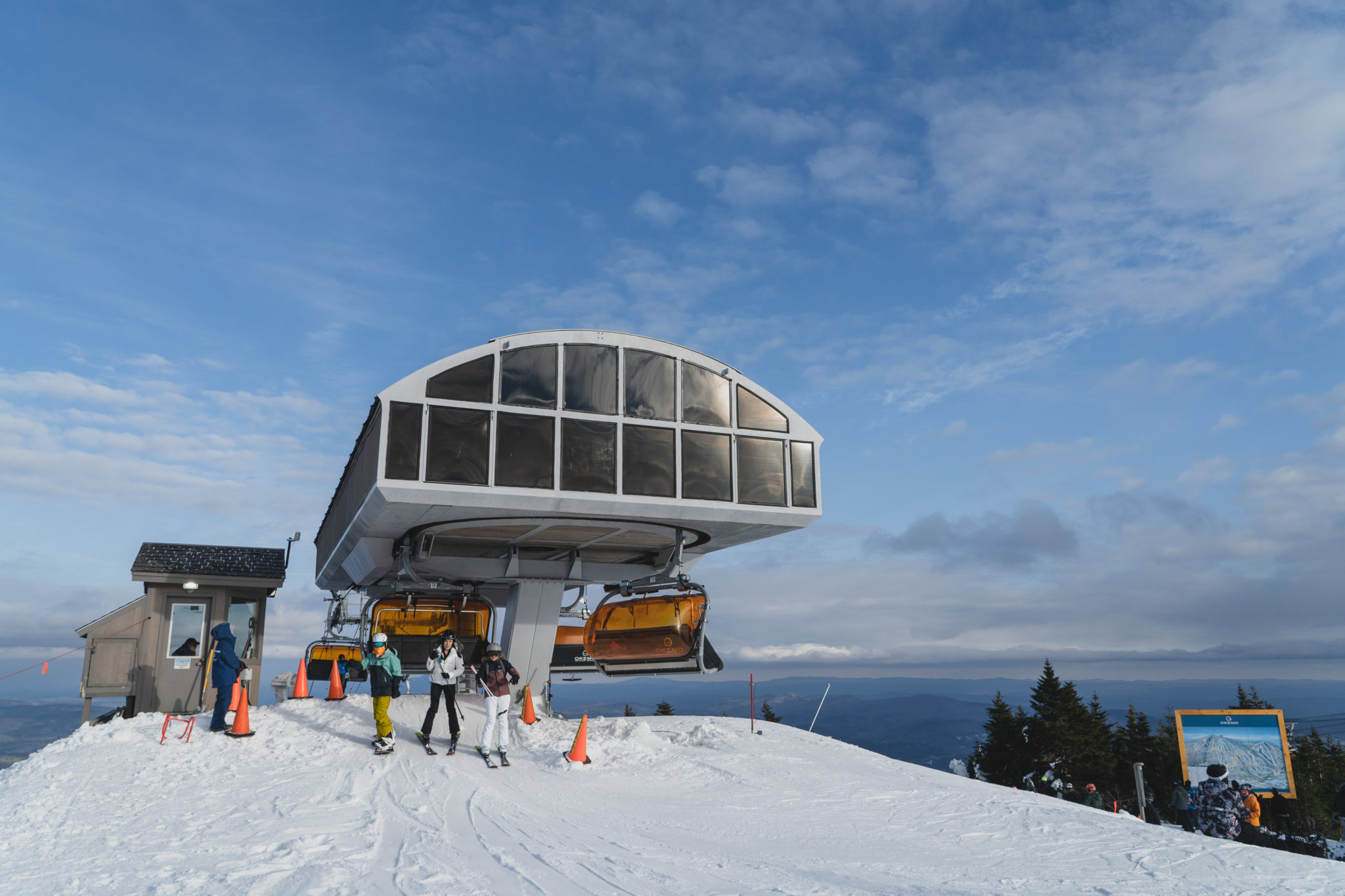
Correction: An earlier version of this article stated that the manager of Attitash had been “replaced.” He left the New Hampshire ski area to pursue a better opportunity at Mt. Rose – Tahoe, a move that had been in the works since the fall. Also, an earlier version stated that Middlebury Snow Bowl operated as a non-profit. It is owned by Middlebury College but has for-profit status

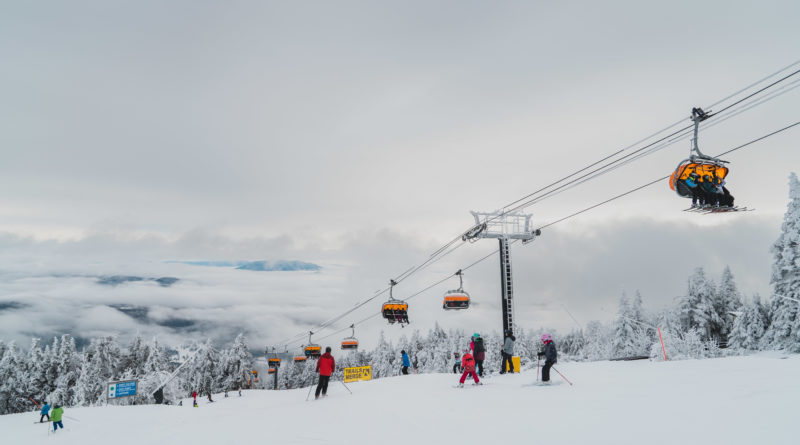
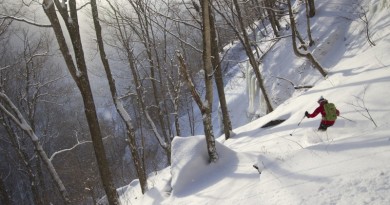
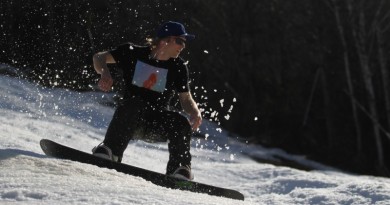
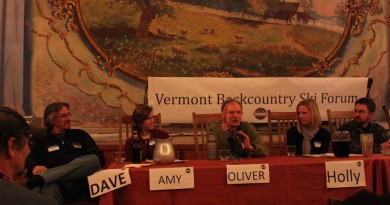
Pingback: Vermont Ski + Ride 2022-1 Winter/Spring Issue – VT SKI + RIDE